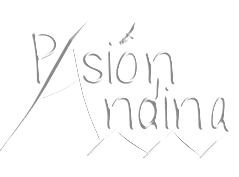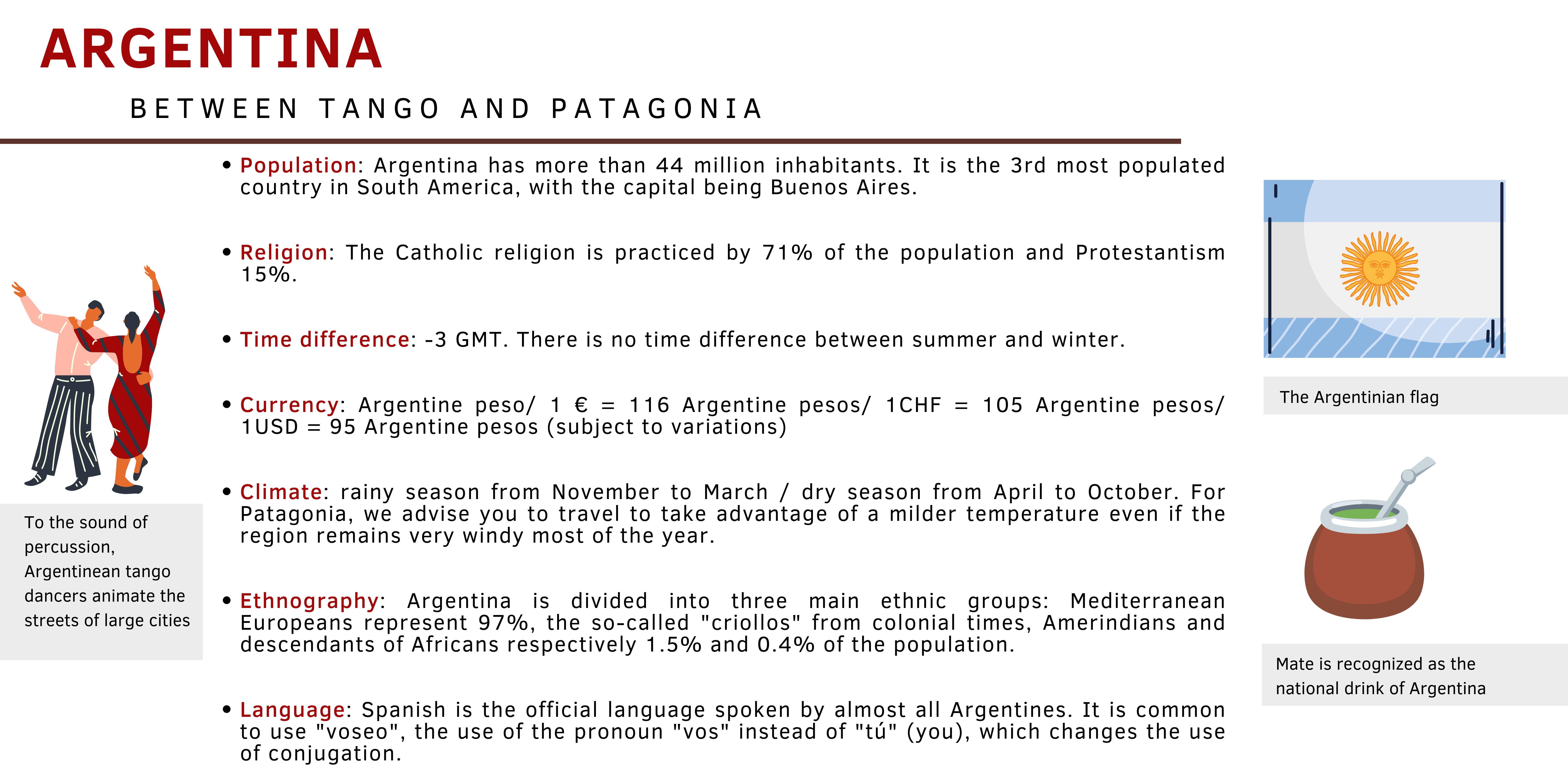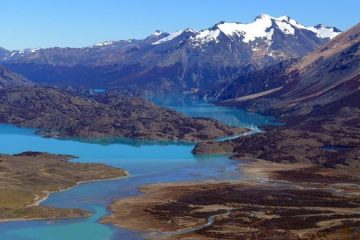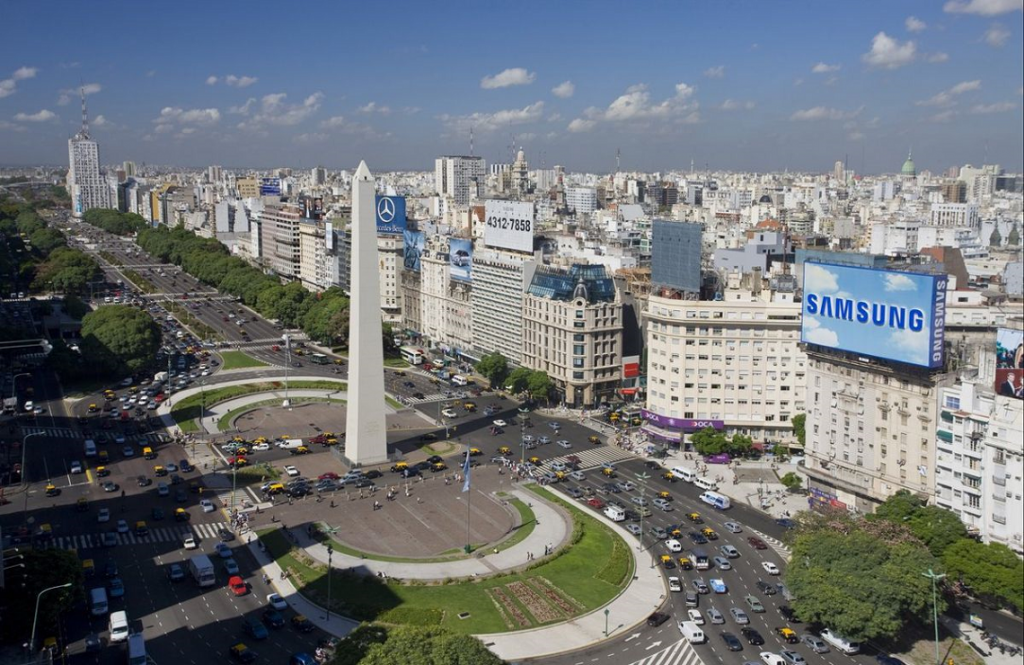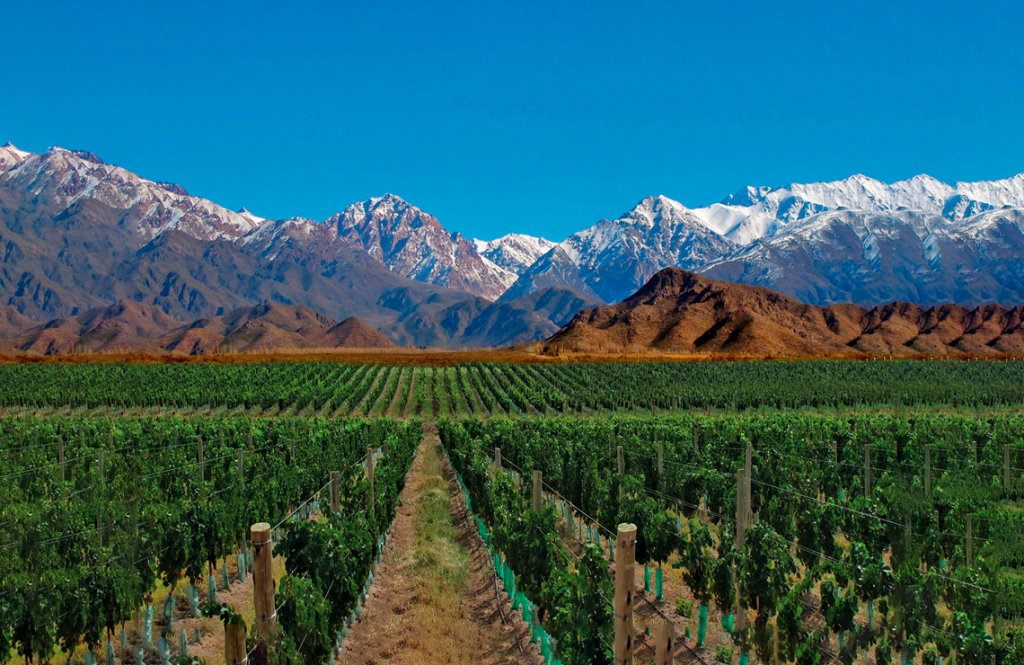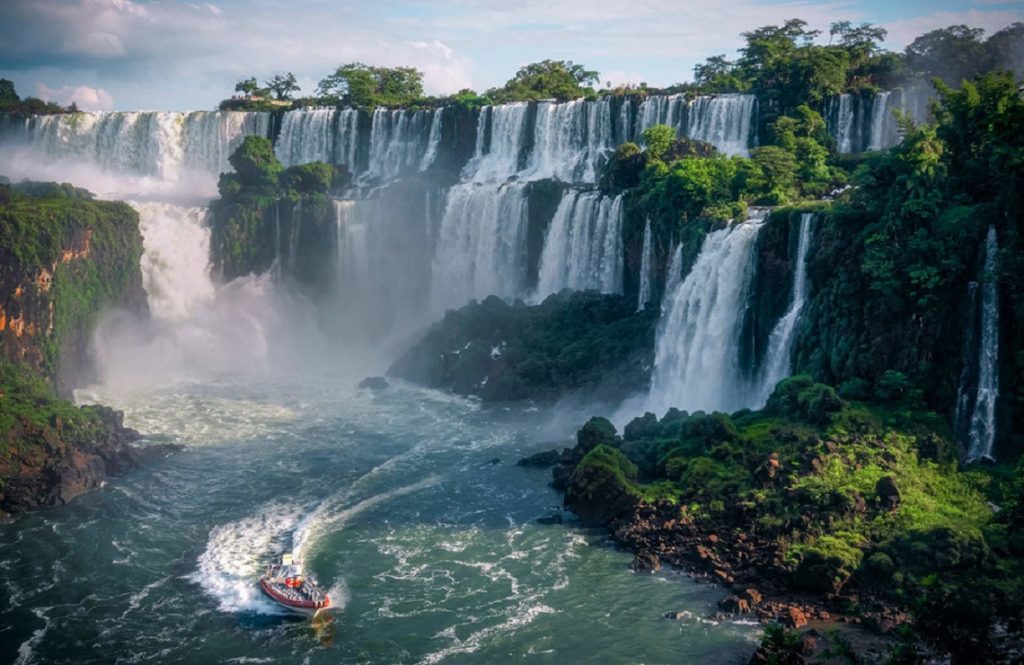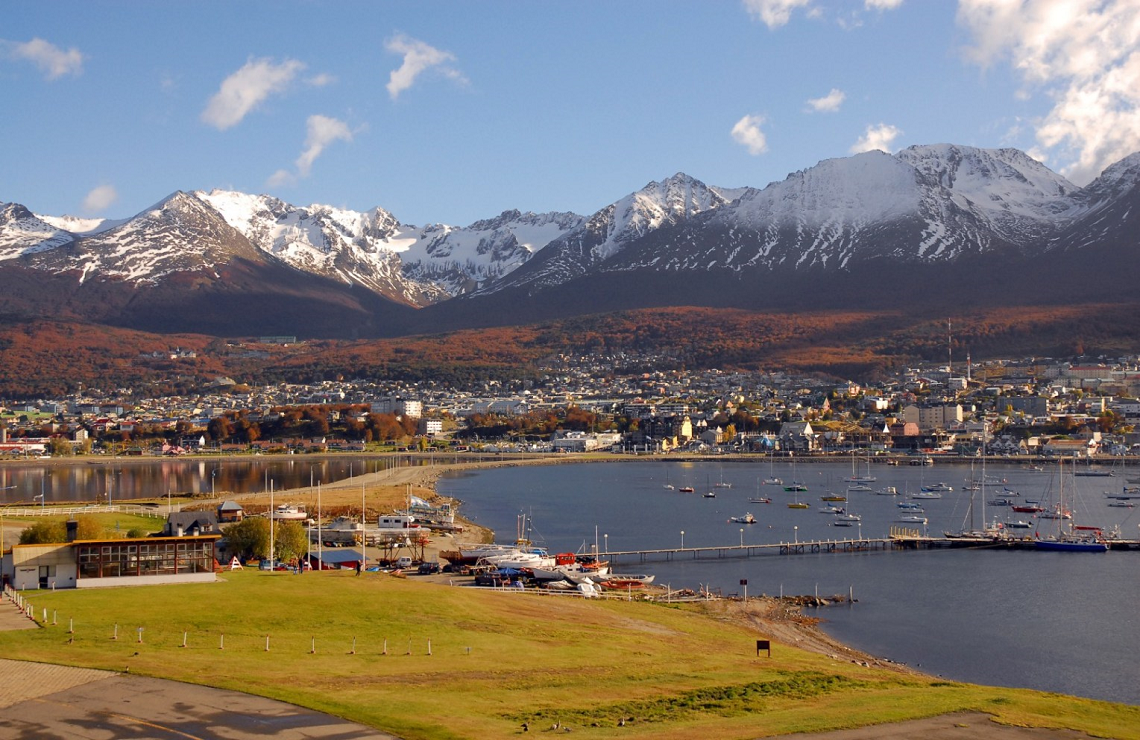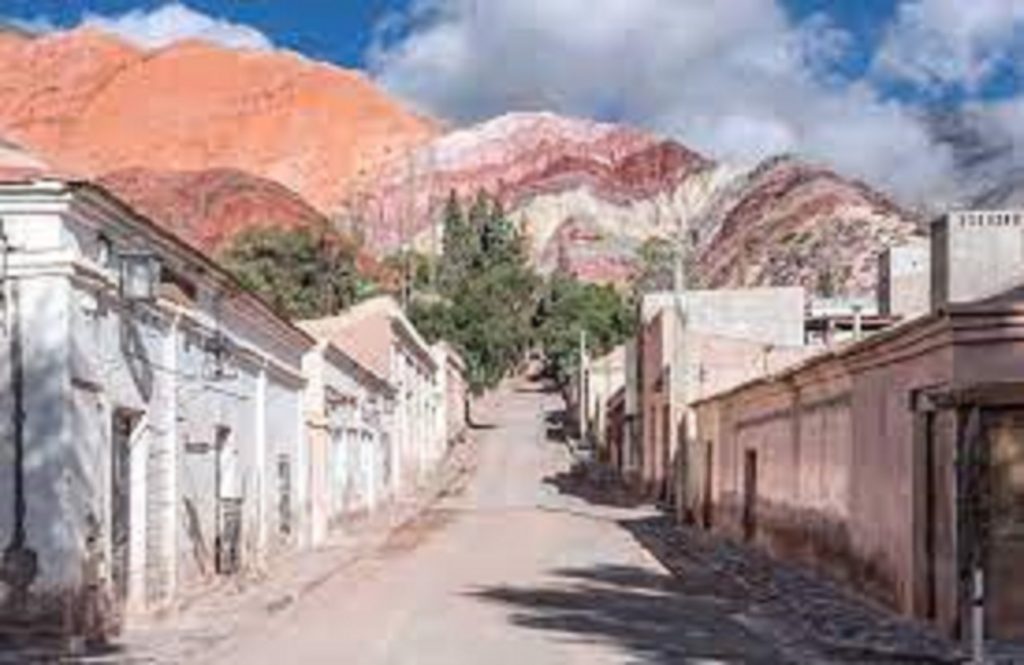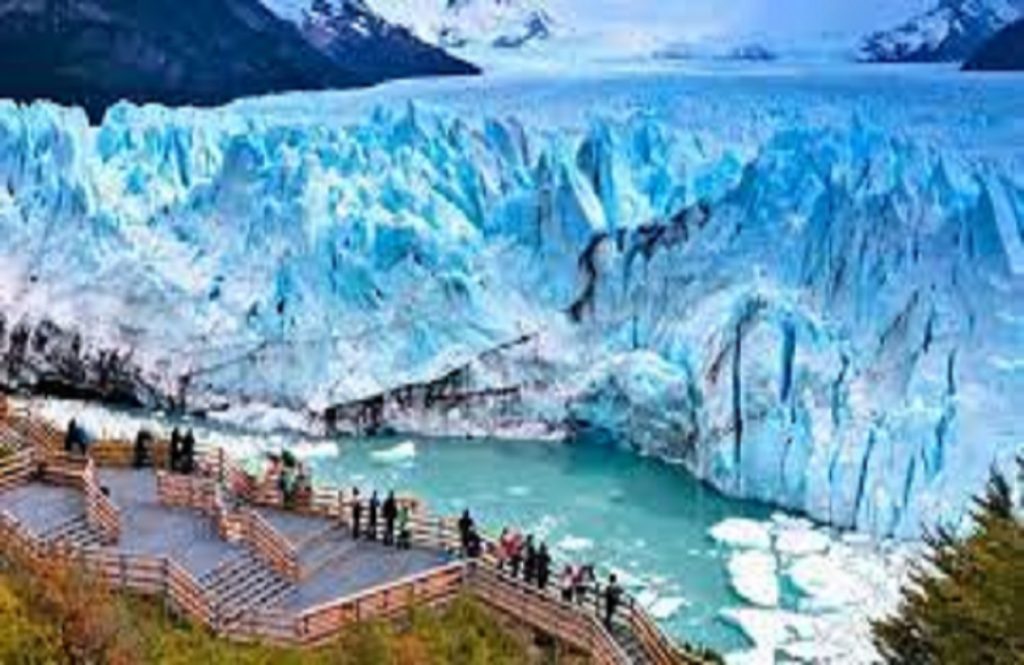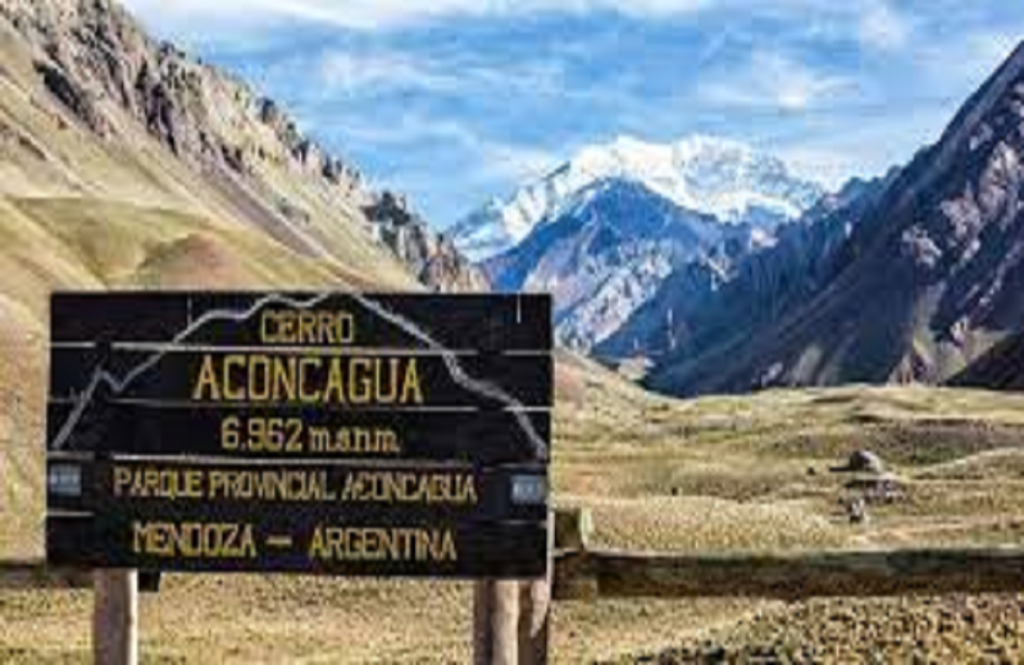Geography :
Argentina has a very varied relief and covers a large part of the Southern Cone. The country is divided into the following main regions:
- The “pampas” which can be translated as the plains, which are located to the west and south of Buenos Aires with a moderate climate. It is the economic center of the country, with almost two thirds of the population and millions of cattle raised for their meat, and sheep for their wool. There is a lot of asado, the equivalent of the Argentine barbecue.
- The “Cuyo” region is the area of the central Andes, which is part of the province of Mendoza, with its many wineries, and also the highest active volcano in the world, the Aconcagua, which rises to 6,962 meters.
- The “Gran Chaco” region are the plains of the northeast, they are characterized by vast areas of swamps and savannahs as well as large forests, notably crossed by the rivers, the Rio Parana and the Rio Uruguay. The province of Misiones is famous for its Jesuit ruins, but especially for the spectacular Iguazú Falls, which mark the natural border with Brazile
History :
The name Argentina is derived from the Latin name “argentum” which means “silver”, “plata” in Spanish. The history is associated with the “Rio de la Plata”, the river of silver. Indeed, when the Spaniards arrived, they were looking for this gold.
Pre-colonial era: Before the Spanish conquest, many Amerindian tribes lived in Argentina, among them the Mapuches, the Pampas, the Chonks etc.
Spanish colonization: In 1516, Juan Diaz de Solis discovered the Rio de la Plata when he arrived on the Argentinean coast. A whole period of colonization followed and a succession of waves of immigration from all over Europe in the 1880s. At the beginning, it was only men who arrived on the new continent and lived in the outskirts of the big cities, from there the tango was born, which is now inseparable from the culture and history of Argentina. Indeed, the tango is described as “a sad thought that is danced” and refers directly to the nostalgia of happiness and loneliness of the newcomers. At the time, this dance was rejected by the bourgeoisie. Today, it is one of the symbols of the Argentine national identity and since 2009, it has been registered as a world intangible heritage by UNESCO, which helps to perpetuate this emblematic dance.
Gastronomy :
The Argentine cuisine is very famous in the world. The quality of the meat that is found in many typical dishes such as bife de chorizo, de costilla, ojo de bife, tira de asado or the “pastel de carne”, the minced meat with green olives and spices. Literally, you can find meat on every corner, the locals love “asados”, barbecues with family and friends! It is a very popular practice and for all occasions. National statistics estimate that Argentines consume an average of 70 kg of meat per year. During your trip to Argentina, you will find the following dishes:
- Empanadas are a kind of small turnovers with dough with a filling of meat and/or vegetables. The “empanadas criollas argentinas” are typical of the Salta region. What could be better than mate to accompany an empanada at any time of the day, this all-day drink is a real institution. Argentines who love mate don’t take out their thermos of hot water in order to drink the hot mate during their working day. In the big cities, there are also many points with hot water dispensers.
- Loco is a winter dish from northwestern Argentina. It is a stew made of corn, white beans and squash with beef, pigs’ feet and tripe as well as chorizo and bacon. This dish is part of the Creole influence cuisine and is served generously with a spicy touch!
- The “milanesa de pollo” which originated from Italian immigration, are thin cutlets made of veal or chicken with breadcrumbs. They are usually accompanied by potatoes or mashed potatoes. There is also the variant of milanesa napolitana, with ham, tomatoes, mozzarella and oregano, a delight!
- The “berenjenas rellenas” which are innards stuffed with minced meat, onions, peppers and a mixture of spices. A dish to be tasted on the spot and made again at home.
- The “alfajores de maizena“, there are different kinds of alfajores, which are small cakes that are found in almost all South American countries. The specialty of the Argentinean alfajores is to be based on corn flour. This dessert is made of two cookies covered with chocolate, sugar, fruit jam or “dulce de leche”, the milk jam. It is a classic to be tasted!
